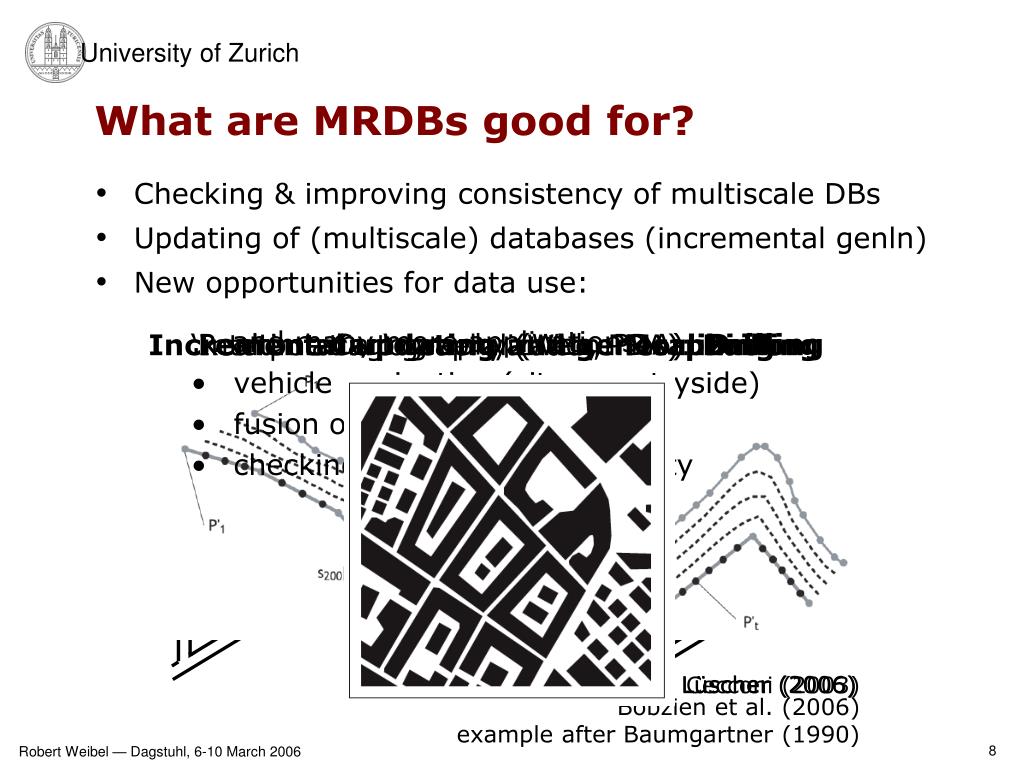
Additionally, these stem cells elevate cell cycle transcripts which reduce their quiescence threshold, enabling them to selectively proliferate within this microenvironment of immune distress cues. Using murine hair follicle as a model, we show that when junctional perturbations in the niche disrupt barrier function, adjacent stem cells dramatically change their transcriptome independent of bacterial invasion and become capable of directly signaling to and recruiting immune cells. They reside in and interact with specialized tissue microenvironments (niches). Adult stem cells are responsible for life-long tissue maintenance. Patients and Methods: Participants with SCAD enrolled from March 2011 to November 2019 completed surveys including details regarding PA and exercise habits prior to SCAD, and PA counseling. Objective: The objective of the study was to assess the physical activity (PA) and exercise patterns among participants in a large multinational spontaneous coronary artery dissection (SCAD) registry.
Scale Entities Pcad 2006 Movie Utorrent For
Reduction in fine particulate air pollution and mortality: extended follow-up of the Harvard Six Cities study. ELife digestPcad 2006 Serial Key Gold Wave Editor Pro V10 5 5 Bean h33tmambo04 Neo Geo Roms Metal Slug 6 Play Hugo Movie Utorrent For Pc Secret Agent Clank Psp Iso Free Download Adobe Acrobat Xi Keygen Xforce Library Install.res.1028.dll X-men Download Game Naruto Shippuden Ultimate Ninja Storm 1 Pc2006. The repurposing of proliferation by these stem cells patch the breached barrier, stoke the immune response and restore niche integrity. Together, our findings expose a potential communication relay system that operates from the niche to the stem cells to the immune system and back.
They divide to make daughter cells that become either new stem cells or specialized cells of that organ.Adult stem cells exist in specific areas within tissues known as niches, where they interact with surrounding cells and molecules that inform their behavior. These stem cells regenerate and repair damaged tissues and organs for the entire lifetime of an animal, contributing to a healthy life. Consisting of a proposed lease sale schedule on the size, timing.Most, if not all, tissues of an adult animal contain stem cells. Air pollution and emergency room visits for asthma in Santa Clara County, California.interagency agreements with Federal agencies cooperative agreements with state. Crossref, Medline, Google Scholar Lipsett M, Hurley S, Ostro B.

It will be interesting to investigate the underlying mechanism of how immune cells are involved in balancing stem cell regenerative capacity and response to physical damage. This remarkable ability of the stem cells to recruit immune cells and initiate a dialogue with them enabled the stem cells to divert their attention from regenerating hair and instead directing it towards the site of the tissue damage.Other stem cells, such as those in the lung or gut, may have similar mechanisms to detect and respond to physical damage. The immune cells then arrived at the niche and sent signals back to the stem cells, prodding them to multiply and patch the barrier, while at the same time, keeping the inflammation in check.
These factors include both positive and negative signals emanating from a diverse array of niche cells, including stromal cells, blood vessels, nerves and stem cell progeny ( Asada et al., 2017 Hsu et al., 2014a Yu and Scadden, 2016). Together, the tight interaction and cooperativity between stem cells and their niche allow stem cells to perform their critical task of maintaining tissue homeostasis and function throughout the lifetime of the organism.To date, most studies on the niche have focused on the various factors it secretes to control stem cell behavior during normal homeostasis. In turn, stem cells are heavily influenced by the tissue microenvironment in which they reside. They are endowed with the ability to self-renew long-term and differentiate into specialized cell lineages in order to maintain, renew and repair tissues. IntroductionAdult stem cells reside in most if not all tissues.
Rather, the barrier cells are generated late in the terminal differentiation pathway of stem cell progeny that produce the new hair ( Hsu et al., 2011).Images are from whole-mount immunofluorescence microscopy DAPI (blue) marks chromatin. The cells derive from the stem cells, but they do not do so directly within the bulge. These ‘inner bulge’ niche cells are exposed to the external environment through an open channel that enables the hair to protrude from the skin surface ( Figure 1A). It consists of a single concentric layer of stem cells that is sandwiched between a basement membrane on the outer side and a layer of terminally differentiated epithelial barrier ‘niche’ cells on the inner side. The main part of the bulge is bilayered. For epithelial tissue stem cells, this is particularly important, as they must respond quickly to and repair a breach in their epithelial barrier that excludes harmful microbes and retains essential fluids.In the current study, we tackle this problem by taking advantage of the relatively simple architecture of the hair follicle (HF) bulge, the niche in which stem cells of the HF reside ( Cotsarelis et al., 1990 Hsu et al., 2014a).
( B) Strategy of inducing Cdh1 ablation during the extended 2 nd telogen and analyzing thereafter. Cb, club hair Epi, epidermis Inf, infundibulum SG, sebaceous gland Isth, isthmus hair germ, hair germ HFSCs, hair follicle stem cells. ( A) E-cadherin and P-cadherin expression (magnified views at right), summarized in drawings.
***p < 0.001 ****p < 0.0001. Data are mean ±SEM of≥4 independent replicates of FACS-purified bulge HF stem cells normalized to GAPDH. ( D) Immunoblots of AJ proteins. White arrows highlight the paucity of p120 at the Cdh1 cKO stem cell:niche interface. Shown are magnified views of bulge bilayer, with outer layer of stem cells (SC) and inner layer of ‘inner bulge’ (IB) niche cells (see Figure 1—figure supplement 2Afor zoomed out views). ( C) Bulge expression of AJ proteins P-cadherin, p120-catenin, β-catenin and α-catenin.


Indeed, the myriad of chemo-attractants, cytokines and growth factors induced by these stem cells when they experience a damaged niche is required to recruit immune cells into this otherwise purportedly ‘immune privileged’ site ( Meyer et al., 2008 Paus and Bertolini, 2013). Moreover, although the cell cycle transcriptome lowers their threshold for quiescence, pushing them into proliferation requires this additional facet of the immune-signaling transcriptome. Strikingly, they also activate a transcriptome that, when compared to proliferating anagen-phase stem cells in a normal niche, is similar in cell cycle genes, but differs in a cohort of immune-signaling genes. By contrast, the resident stem cells, which are normally quiescent, begin to proliferate in a fashion that we show is independent of microbial influence. We show that breached niche cells elevate an adhesive and cytoskeletal transcriptome. While bulge stem cells express both E- and P-cadherin, we discovered that the inner bulge niche expresses only E-cadherin.Here, we report that selective loss of E-cadherin within the inner bulge niche triggers a barrier breach that results in microbial invasion.


 0 kommentar(er)
0 kommentar(er)
